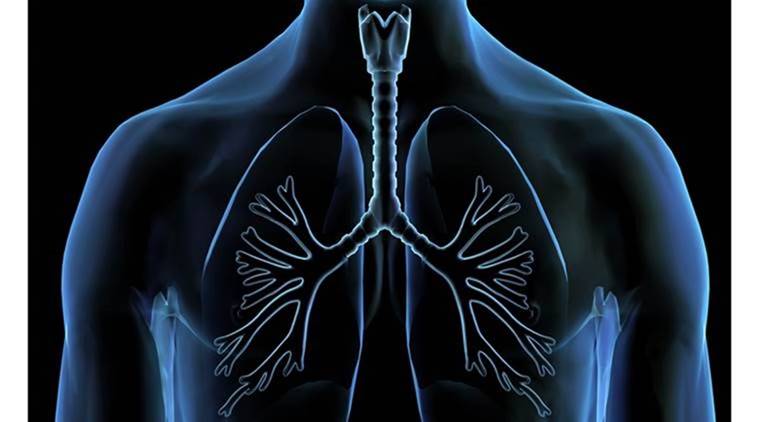Explained: The atlas of human body, and why it matters
The comprehensive map of the human body, every tissue accounted for, will be created from all available scientific literature.
 The programme will seek to provide better biological insights through physiological and molecular mapping, develop disease models through predictive computing, and allow for a holistic analysis and finally drug discovery.
The programme will seek to provide better biological insights through physiological and molecular mapping, develop disease models through predictive computing, and allow for a holistic analysis and finally drug discovery.
On Friday, the Department of Biotechnology (DBT) launched ‘MANAV: Human Atlas Initiative’, a project for mapping every tissue of the human body to help understand better the roles of tissues and cells linked to various diseases.
What it covers
The comprehensive map of the human body, every tissue accounted for, will be created from all available scientific literature. The programme will seek to provide better biological insights through physiological and molecular mapping, develop disease models through predictive computing, and allow for a holistic analysis and finally drug discovery. The aim of the project is to understand and capture human physiology in two stages — normal stage and disease stage. DBT has invested Rs 13 crore, shared between two institutions in Pune — National Centre for Cell Science and Indian Institute of Science, Education and Research — while Persistent Systems Ltd has co-funded the project with Rs 7 crore, and is developing the platform.
How it will be created
Students will be trained in annotation and curation of the information that will form the online network. Students in their final year of graduation and above in biochemistry, biotechnology, microbiology, botany, zoology, bioinformatics, health sciences, systems biologists, pharmacologists and data sciences can sign up. The network is also open for students with a science background but not necessarily involved in active scientific research. The MANAV team has encouraged colleges and universities to register as teams. Initially, the programme will accommodate colleges that operate under the DBT Star College scheme.
Once registered, student groups will be assigned research papers or literature, and trained in annotation and curation using specialised tools. Student groups will be evaluated from time to time and their annotations reviewed by trainer scientists. Workshops are being organised to train teachers who can then train student groups. Initially, the project will focus on curating information on skin tissues.
Why it matters
This collated data can be useful for future researchers and clinicians and drug developers, who finally handle human bodies in disease conditions. The platform will also impart key skills to the student community in reading scientific literature — in this case on individual tissues — and perform annotation and curation. Such a database will come in handy in tracing causes of a disease, understanding specific pathways and ultimately decoding how the body’s disease stage is linked to tissues and cells. The teams will also study any potent elements or molecules that have never been used in the form of drugs, to target specific cells or tissues.
- 01
- 02
- 03
- 04
- 05






































